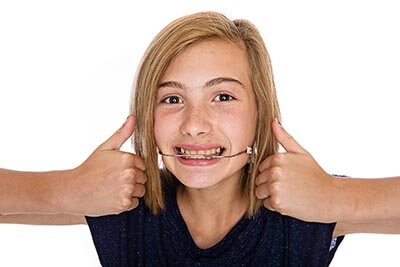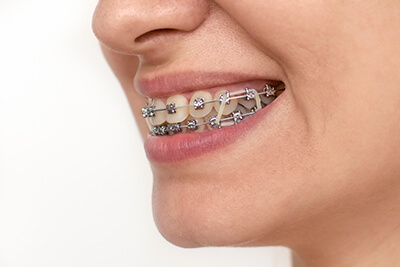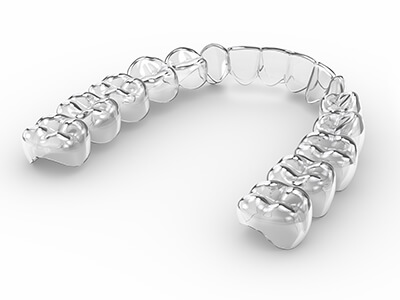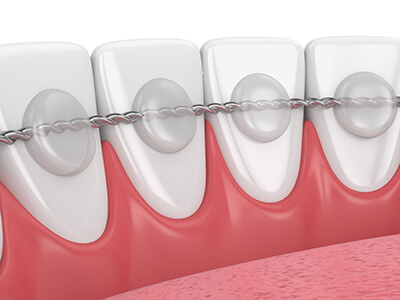Timing is everything – Early Phase I (Interceptive) orthodontic treatment is essential in establishing and influencing proper jaw growth, create more space for crowded teeth, help to correct harmful habits, including early childhood sleep apnea and improve facial aesthetics.
The American Association of Orthodontists (AAO) recommends that your child’s first check-up with an orthodontist be performed when an orthodontic problem is first recognized, but no later than age 7.
What are the advantages of early phase I interceptive treatment?
Some of the most direct results of interceptive treatment are:
- Creating room for crowded, erupting teeth
- Creating facial symmetry through influencing jaw growth
- Reducing the risk of trauma to protruding front teeth
- Preserving space for unerupted teeth
- Reducing the need for tooth removal
- Reducing treatment time with Phase II braces





